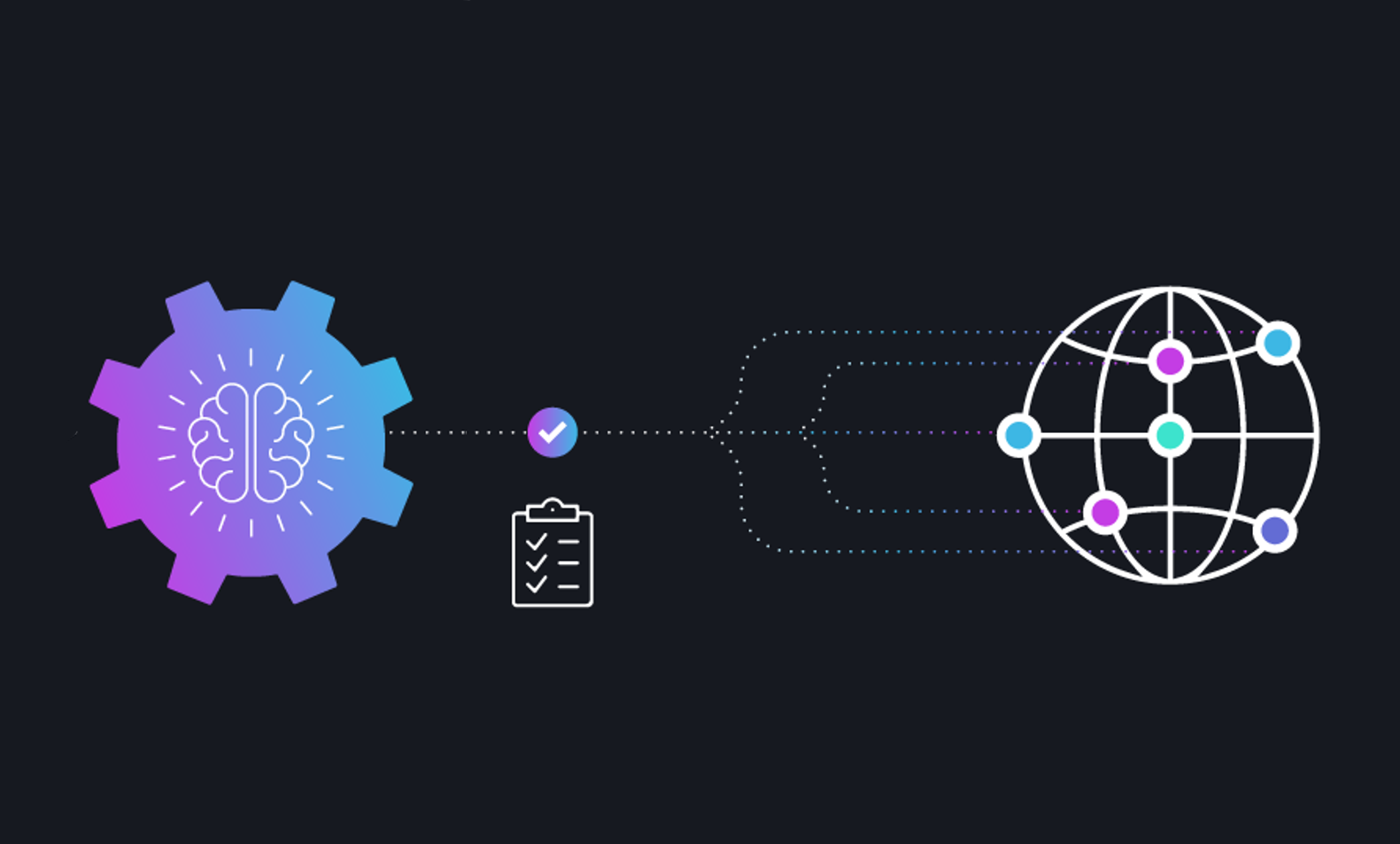The value of a platform approach is greater than the sum of the parts.
Are you getting what you expected when you moved your applications and media workflows to the cloud? Or have you encountered a lot more friction than you anticipated? Perhaps the process sounded straightforward, but now your applications aren’t exactly taking advantage of the cloud the way you hoped they would?
The idea that you could lift your applications and workloads to the cloud and magically realize newfound value is one that many people have. Until they do just that and the value doesn’t seem to be there. To truly optimize your media supply chain, you need to consider not just what to migrate to the cloud, but how to get the most out of the new infrastructure you’re using.
As I’ve written about in this blog before, the essence of media supply chain optimization is about realizing agility, efficiency, and intelligence. But to achieve those benefits, what exactly should you be optimizing? It’s not as simple as you might think. Media supply chain optimization is about thinking holistically about everything that you’ve been doing, and figuring out how to do it all more efficiently. You need to consider your workflows, your applications, the technical infrastructure needed to support your workloads, the manual steps that can be replaced and those that must become more productive, and much more.
Moving a few applications to run on cloud resources isn’t particularly difficult. Getting those applications to interact with each other in a manner that optimizes the flow of content through multiple steps is far more difficult, especially if you try to build that linkage yourself. If this is your experience, take a step back and consider your approach to managing your applications and a media supply chain in the cloud. Are you dealing with applications as discrete services, or are you managing the supply chain and applications as a whole? Your approach can make all the difference in how well the cloud delivers on your expectations.
Focusing on Function
Any media supply chain comprises a series of processes or jobs that must be completed for content to move from receipt through to delivery. If you’re like many, you’re likely using a variety of cloud-enabled applications to perform specific functions (metadata inspection, QC, transcoding, and so on) as needed. In the case of SaaS applications, you contract with individual vendors that manage the infrastructure used to deliver the functionality you need. In other instances, you may have redeployed your on-premises software applications to the cloud, managing these applications on your own.
Deploying these applications in the cloud to meet specific functional requirements may start out as a fairly straightforward proposition. (You get them up and running. They work!) But what you find is that after putting in the time and effort to move your applications to the cloud with this “lift and shift” deployment, your investment didn’t really buy you much. You aren’t seeing the opportunities for greater efficiency that you’d been counting on. You enjoy more scalability in terms of compute power, but you don’t have as much flexibility or agility as you’d imagined you would.
The reason for your disappointment is simple: The modern cloud-native media supply chain involves multiple steps with various functions — multiple SaaS applications — that must be validated, integrated, instrumented and orchestrated, and that’s difficult and time-consuming work. To connect multiple independent applications running in the cloud, your engineering team would need to undertake extensive development and coding.
Easing the Friction With a Platform Approach
The platform approach eliminates all of this work, taking care of the physical and logical interconnection of various applications across the media supply chain, metadata translation between those applications, and the orchestration of content and metadata flows. (It can even be said that a media supply chain management platform can “SaaS-ify” traditional applications so that they behave like true SaaS applications.)
 While it is possible to activate each application in the chain manually, a platform-as-a-service (PaaS) can orchestrate when each application is activated, capture metadata from each application as it is used, and flag exceptions when the results differ from what’s expected. It can manage execution of work on a job-by-job basis, spinning up cloud resources only when and as needed. And when peaks in demand or fresh opportunity calls for a boost in cloud infrastructure capacity or an increase in software usage, the platform also can manage utilization, spinning resources up and down as needed. As the platform collects results and metadata from each application, it uses that information to guide downstream processes, making those next applications more efficient and compounding the productivity across the whole supply chain.
While it is possible to activate each application in the chain manually, a platform-as-a-service (PaaS) can orchestrate when each application is activated, capture metadata from each application as it is used, and flag exceptions when the results differ from what’s expected. It can manage execution of work on a job-by-job basis, spinning up cloud resources only when and as needed. And when peaks in demand or fresh opportunity calls for a boost in cloud infrastructure capacity or an increase in software usage, the platform also can manage utilization, spinning resources up and down as needed. As the platform collects results and metadata from each application, it uses that information to guide downstream processes, making those next applications more efficient and compounding the productivity across the whole supply chain.
In addition to bringing software functionality (SaaS) and cloud infrastructure as a service (IaaS) together in a coherent and cohesive manner to support target workflows, the platform approach also simplifies and manages critical aspects of cloud-based operations such as security and monitoring. And it enables centralized financial reporting and visibility across the services you consume. Unlike a strictly functional model, the PaaS can inform business analytics and intelligence, collecting data throughout your supply chain to find business insights and patterns of behavior so that you can make better decisions.
Accounting for these elements, a PaaS can not only accelerate and optimize your deployment of new and different applications, but also facilitate faster time to market for brand-new tools — possibly a unique tool you want from a smaller provider without the experience or capacity to launch a SaaS offering at scale. Rather than spend time working out new SaaS agreements with different vendors and then more time integrating the application on your own, you just leverage the platform to bring additional applications into a new supply chain.
Living the Platform Life
We all know that the cloud can enable remarkable benefits for media workflows. The platform approach helps you make the most of scalable cloud-enabled applications with minimal friction. You gain greater technical agility so you can deploy and switch applications quickly. You become more efficient in that you’ve tied together all the functions across your supply chain in a way that facilitates greater automation from end to end. And you’ve added the capacity for greater intelligence, with more robust and meaningful data captured and exchanged across systems and workflows. With a PaaS enabling your cloud-based media supply chain, productivity and throughput from your media operations increases, while spikes in demand will be handled automatically. Whatever capacity you were getting from your former collection of servers, storage, and applications, your new cloud-based platform approach will undoubtedly exceed, many times over. Finally, the whole is truly more than the sum of the parts.
Want to explore what a platform approach can do for you? Contact us and let’s talk through it!



